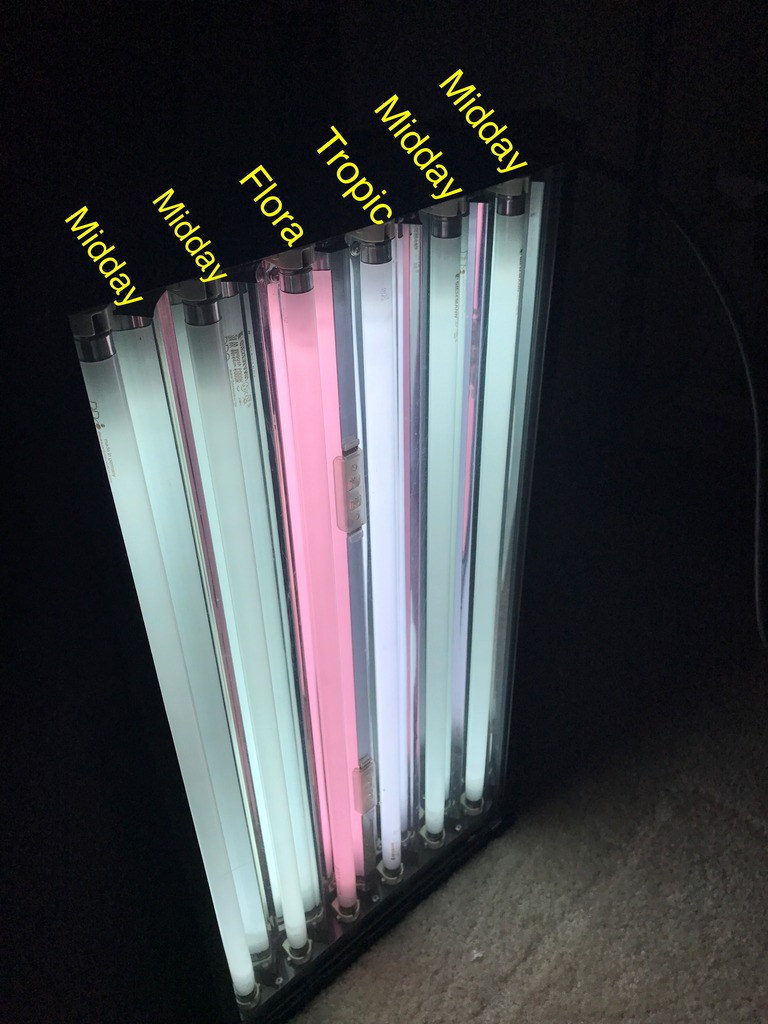I use mostly tropics in my t5 fixtures, and all my Leds run with warm /neutral whites at 100%. Still running 65k iwasakis as well lol I do believe that once corals adapt or "acclimate" they will thrive under high white light. or just about any "high" light for that matter, that provides what they need.

I run t5’s with a lot of ATI ABS, Blue+, Tropic 6500K, but I’ve always felt like MH were the best growing lights out there. Corals grow like weeds under them. If it weren’t for the heat, and electricity bill...they would be sitting over my reef now. I think T5 and Metal Halide are the best combination out there. I may run more daylight bulbs in the future, because maybe they are underrated.
I grew some Red Mangroves under all daylight bulbs and I was impressed. I always wondered if it would grow corals without much blue. These were the bulbs used:

Last edited:




















